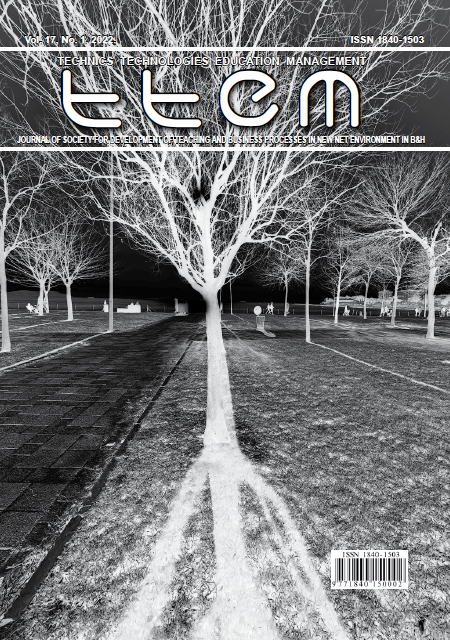The Integration of the Flavor Imitation with Moral Virtue Education

Guangyong Zhu, Genfa Yu
Shanghai Institute of Technology, Shanghai, PR China
Abstract
_________________________
Flavors have been widely used in many products, and play a crucial role in food industry. Flavor Imitation is a basic curriculum providing comprehensive information about how to construct flavor formula and how to imitate flavors with natural and synthetic aroma raw materials. It is a compulsory curriculum opened for student whose major is flavor and fragrance technology and engineering. The mission of the university is not only to impart professional knowledge but also to cultivate and educate students. In order to better strengthen moral virtue education and cultivate students, moral virtue elements were integrated into the teaching process of flavor imitation. By the integration of flavor imitation with moral virtue education, students could not only grasp the knowledge of how to construct flavor formulas, but also could be fostered the rule awareness. Furthermore, this learning process is also helpful to make students always endeavor to do still better, train students to consider things from every angle, and will help train student to form unceasingly the enterprising habit. After a period of exploration and practice, it proved that the integration of flavor imitation with moral virtue education can result in a coordinated development of professional knowledge and moral virtue.
Key Words: teaching exploration; flavor imitation; moral and virtue education; professional course
References
_________________________
1. Burdock, G.A. (2010), Fenaroli’s Handbook of Flavor Ingredients, CRC Press, Boca Raton. Available at: https://doi.org/10.1201/9781439847503 (accessed 20 October 2022)
2. Surburg, H. and Panten, J. (2006), Common Fragrance and Flavor Materials, Wiley-VCH Verlag GambH & Co, Weinheim. Available at: http://dx.doi. org/10.1002/3527608214 (accessed 20 October 2022)
3. Yu, G. and Zhu, G. (2021), “A preliminary study on course ideology and politics education in flavor compounds chemistry”, University Chemistry, Vol. 36 No. 3, 2008062. DOI: 10.3866/PKU. DXHX202008062.
4. Zhou, Y. and Xiao, Z. (2007), Preparation Technology of Flavors, China Textile and Apparel Press, Beijing. Available at: https://book.douban.com/subject/ 2256624/ (accessed 20 October 2022)
5. Zhu, G. and Yu, G. (2020), “A pineapple flavor imitation by the not method”, Food Science and Technology, Vol. 40 No.4, pp. 924-928. Available at: https://doi.org/10.1590/fst.26019 (accessed 20 October 2022)
6. Zhu, G. and Xiao, Z. (2015), “Study on creation of an indocalamus leaf flavor”, Food Science and Technology, Vol. 35 No. 4, pp. 647-651. Available at: http://dx.doi.org/10.1590/1678-457X.6770 (accessed 20 October 2022)
7. Zhu, G. and Xiao, Z. (2017), “Creation and imitation of a milk flavour”, Food & Function, Vol. 8, pp. 1080-1084. DOI: 10.1039/c7fo00034k
8. Zhu, G, Xiao, Z, and Niu, Y. (2021), “Professional course flavor imitation accelerate internalization of moral virtue eduction”, Basic & Clinical Pharmacology & Toxicology, Vol. 128 No.Supplement 1, pp. 85- 86. Available at: https://onlinelibrary.wiley.com/doi/ full/10.1111/bcpt.13542 (accessed 20 October 2022)
Corresponding Author
Guangyong Zhu,
Shanghai Institute of Technology,
Shanghai,
PR China,
E-mail: zgy012@126.com
